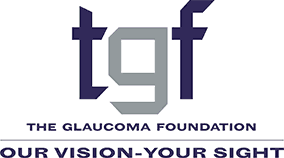~Glaucoma and Sleep~

Research indicates that sleep problems can be a contributing factor to glaucoma progression. Did you know that people with obstructive sleep apnea syndrome (OSAS) are more likely to develop glaucoma than those who do not have this sleep disorder? According to some studies, people suffering from OSAS, which is characterized by episodes of paused and shallow breathing during sleep, are up to ten times more likely to develop glaucoma.
While intraocular pressure (IOP) can rise during nighttime, this does not appear to be the primary link between sleep apnea and glaucoma as glaucoma progression occurs in some patients despite very low IOP.
Worsening of the optic nerve in conjunction with low IOP may indicate normal-tension glaucoma (NTG), also known as low-tension glaucoma, and may also signal the presence of underlying sleep apnea. Recent studies suggest that certain types of glaucoma may result from insufficient blood supply to the optic nerve. These studies show that there is decreased ocular blood flow in sleep apnea, and that normal-tension glaucoma is more prevalent in patients with sleep apnea. NTG is characterized by progressive optic nerve damage and visual field loss with IOP levels that are usually considered to be within the normal range. Because sleep apnea can cause a worsening of glaucoma, it is particularly important to recognize its presence and to treat it appropriately.
Another sleep-related question is whether sleep position is related to glaucoma progression. Research shows that IOP is higher when sleeping in the supine position (lying face up, horizontally) than other sleep positions, leading to recommendations that sleeping with the head elevated 20 to 30 degrees may lessen the effect of the supine position. Some studies indicate that sleeping on the same side of the body as the eye with the greater visual field loss could also be a factor that contributes to glaucoma progression.
